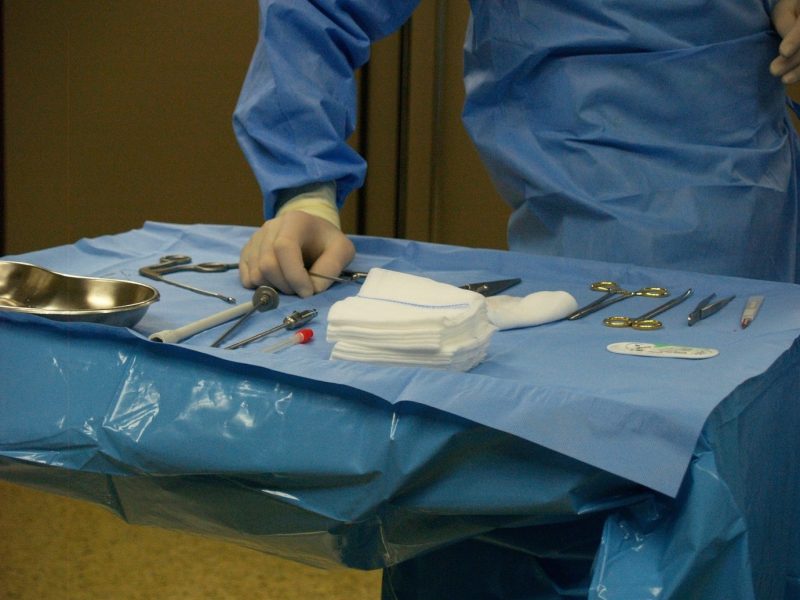As an Adult With Braces, Here Is What You Need to Know
If you have crooked teeth, you don’t have to live with them. You can improve your appearance and overall health with the right braces. Getting these devices in adulthood might seem awkward initially, but it has distinct advantages. You’re in the driver’s seat and get to make all the decisions about your care — not your parents.
However, you probably want answers before you leap. As an adult with braces, here is what you need to know.
Contents
1. You Have Choices
You don’t have to resign yourself to clunky metal braces that resemble something out of a bad 1980s teen movie. Today, you have a host of options for materials and styles. Better yet, your insurance may help defray costs regardless of the type of correction you choose.
For example, even today’s metal models come in fun colors, allowing you to customize your look to your personality. You also have options like ceramic and Damon braces that may shorten your treatment time and minimize the impact on your appearance.
What treatment is best for you? It all depends on what your orthodontist recommends and your preferences.
2. Braces Correct More Than Appearance
You might delay getting braces as an adult because you consider the procedure purely cosmetic. However, that assumption isn’t true. Correcting your bite now can save you considerable pain later.
For example, people with bite misalignment might struggle to chew. Their difficulty might not be noticeable initially, but it can spur further health troubles. Those with misaligned bites frequently suffer headaches from behaviors like tooth grinding.
It makes sense — your trigeminal and vagus nerves meet near your jaw. If you’re prone to migraines, aggravating this area can trigger an attack. Could you imagine how much happier and more productive you’ll be when freed from non-stop nausea and pounding temples?
3. Cost and Treatment Times Vary Widely
You now know braces for adults aren’t a one-size-fits-all proposition. You have options and some of them cost more than others. Furthermore, your length of treatment likewise varies.
For example, many adults opt for lingual braces as they fit behind their teeth, allowing for a more natural smile as they go through treatment. However, this technique isn’t taught in all orthodontics schools, meaning it may take longer to locate a doctor. Also, they may cost more and cause additional pain, although study results aren’t consistent — some patients report less discomfort, especially in the first month.
Your material choice also matters. Ceramic braces blend with your natural teeth, making them an aesthetically appealing option. However, they’re also more delicate and prone to breakage, which could cost you extra time and money.
4. Your Face and Mouth May Look and Feel Different
Regardless of the style of braces you choose, you will have an adjustment period when you first get them applied. Expect discomfort, which you can treat with anti-inflammatories like Advil and ice to numb the area and reduce swelling.
You may notice that you speak differently. Also, you might need to adjust your mouth positioning if you play a musical instrument like a clarinet or flute.
5. Try Not to Switch Your Care
First of all, life happens. People move or change jobs, requiring them to switch insurance carriers. You might also conflict with your current treatment team, inspiring you to look elsewhere for care. You can transfer orthodontists while you have braces, but the process can be complicated and tricky. If possible, it’s best to stay with your current treatment provider.
If you need to switch, start by asking your current provider for a recommendation unless conflicts make it uncomfortable. You can also turn to resources like your new insurance carrier or Google to find a different practitioner who accepts your policy.
You’ll need to square away your financial accounts. Most offices only charge for treatment rendered to date. Fees include initial treatment records, x-rays, bonding of the braces to your teeth and any adjustments made before you switch.
6. You’ll Need Soft Foods and Cool Drinks
Soft and cooling foods will become your best friends for a while. However, look at it this way — you now have the perfect excuse to indulge in an ice cream sundae.
Your toughest chore will be getting sufficient nutrients while you heal. You might find crunchier veggies like carrots and broccoli too hard to chew, at least at first. Stick to softer versions — like lettuce and red cabbage — and consider taking a quality multivitamin and mineral supplement to ensure you get the recommended amount of each nutrient.
7. You Will Have Some Pain
Having your braces applied is only the first uncomfortable step on your journey — you also need adjustments. The typical interval is every six to eight weeks, although some practitioners and techniques can extend this time to as long as ten.
Your provider will likely recommend over-the-counter treatment for pain management. However, talk to your doctor if you have severe migraines and adjustments trigger attacks. Although the law now makes many physicians hesitate to prescribe pain medications, they may be able to give you something to ease your suffering.
8. You’ll Need to Step Up Your Oral Care Regimen
Your days of tumbling into bed with unbrushed teeth are now over. Getting braces as an adult means stepping up your oral hygiene.
Why? Food particles can easily become trapped in your braces. If left to fester, it can increase your risk of cavities. Start carrying an oral care kit with you — it is a lifesaver if you go out for lunch.
What You Need to Know as an Adult With Braces
Getting braces as an adult can improve your health and reduce pain. However, you should know the facts before you leap. Now that you understand what you must do as an adult with braces, is it time to straighten your smile?




